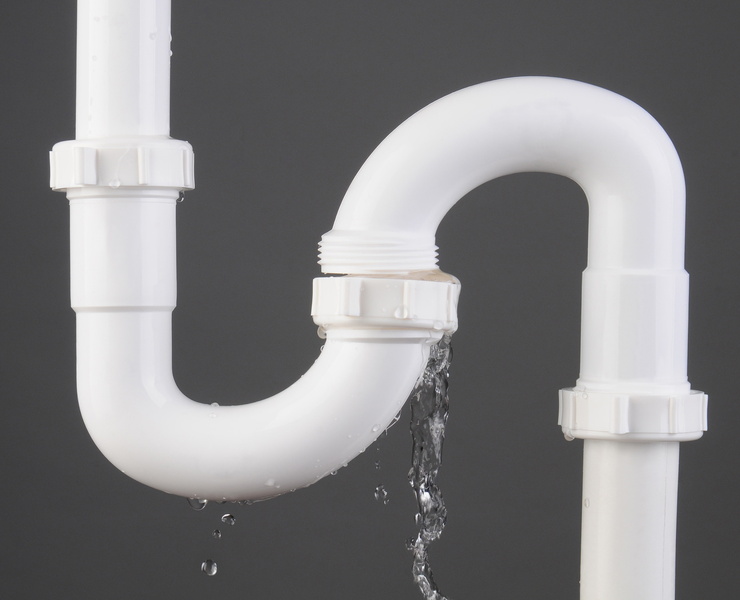How to Check If Your House Has a Concealed Leakage
How to Check If Your House Has a Concealed Leakage
Blog Article
Almost everyone has got their own unique perception on the subject of Locating water leaks.

Early detection of leaking water lines can reduce a prospective calamity. In addition to saving you money, it will lessen the aggravation as well as disappointment. The moment you discover a leakage, calling your plumber for repair work is the best remedy. Some tiny water leakages may not be noticeable. If you can not detect it with your nude eyes, right here are some hacks that assist.
1. Take A Look At the Water Meter
Every residence has a water meter. Checking it is a surefire manner in which assists you find leakages. For starters, shut off all the water resources. Make certain no person will purge, make use of the tap, shower, run the washing machine or dish washer. From there, go to the meter and also watch if it will transform. Since nobody is utilizing it, there need to be no motions. That suggests a fast-moving leakage if it relocates. Similarly, if you find no changes, wait a hr or two and also check back once more. This indicates you may have a sluggish leak that might even be underground.
2. Examine Water Usage
Examine your water expenses as well as track your water consumption. As the one paying it, you ought to observe if there are any kind of discrepancies. If you find sudden changes, in spite of your intake coinciding, it means that you have leakages in your plumbing system. Keep in mind, your water costs need to drop under the same range monthly. An unexpected spike in your bill suggests a fast-moving leakage.
A steady boost every month, also with the very same practices, reveals you have a slow-moving leakage that's also slowly intensifying. Call a plumber to completely examine your residential or commercial property, particularly if you feel a cozy area on your flooring with piping below.
3. Do a Food Coloring Test
When it comes to water intake, 30% comes from toilets. If the shade somehow infiltrates your bowl during that time without flushing, there's a leak between the storage tank and also dish.
4. Asses Exterior Lines
Don't neglect to check your outdoor water lines too. Should water permeate out of the link, you have a loose rubber gasket. One small leak can squander loads of water as well as increase your water bill.
5. Assess the circumstance and also inspect
Home owners need to make it a behavior to examine under the sink counters and also also inside cupboards for any kind of bad odor or mold growth. These two warnings indicate a leak so punctual attention is needed. Doing regular assessments, also bi-annually, can conserve you from a major trouble.
Check for stainings and weakening as the majority of pipes and devices have a life expectations. If you presume leaking water lines in your plumbing system, don't wait for it to rise.
Early detection of dripping water lines can mitigate a possible disaster. Some small water leaks might not be visible. Inspecting it is a proven way that assists you find leakages. One tiny leak can lose bunches of water and surge your water expense.
If you believe dripping water lines in your plumbing system, do not wait for it to rise.
WARNING SIGNS OF WATER LEAKAGE BEHIND THE WALL
PERSISTENT MUSTY ODORS
As water slowly drips from a leaky pipe inside the wall, flooring and sheetrock stay damp and develop an odor similar to wet cardboard. It generates a musty smell that can help you find hidden leaks.
MOLD IN UNUSUAL AREAS
Mold usually grows in wet areas like kitchens, baths and laundry rooms. If you spot the stuff on walls or baseboards in other rooms of the house, it’s a good indicator of undetected water leaks.
STAINS THAT GROW
When mold thrives around a leaky pipe, it sometimes takes hold on the inside surface of the affected wall. A growing stain on otherwise clean sheetrock is often your sign of a hidden plumbing problem.
PEELING OR BUBBLING WALLPAPER / PAINT
This clue is easy to miss in rooms that don’t get much use. When you see wallpaper separating along seams or paint bubbling or flaking off the wall, blame sheetrock that stays wet because of an undetected leak.
BUCKLED CEILINGS AND STAINED FLOORS
If ceilings or floors in bathrooms, kitchens or laundry areas develop structural problems, don’t rule out constant damp inside the walls. Wet sheetrock can affect adjacent framing, flooring and ceilings.
https://www.servicemasterbyzaba.com/blog/how-to-detect-water-leakage-in-walls/

We had been shown that write-up about Detecting hidden plumbing leaks from a friend on a different website. Do you know about anybody else who is excited by the subject? Feel free to promote it. We cherish reading our article about Locating water leaks.
Report this page